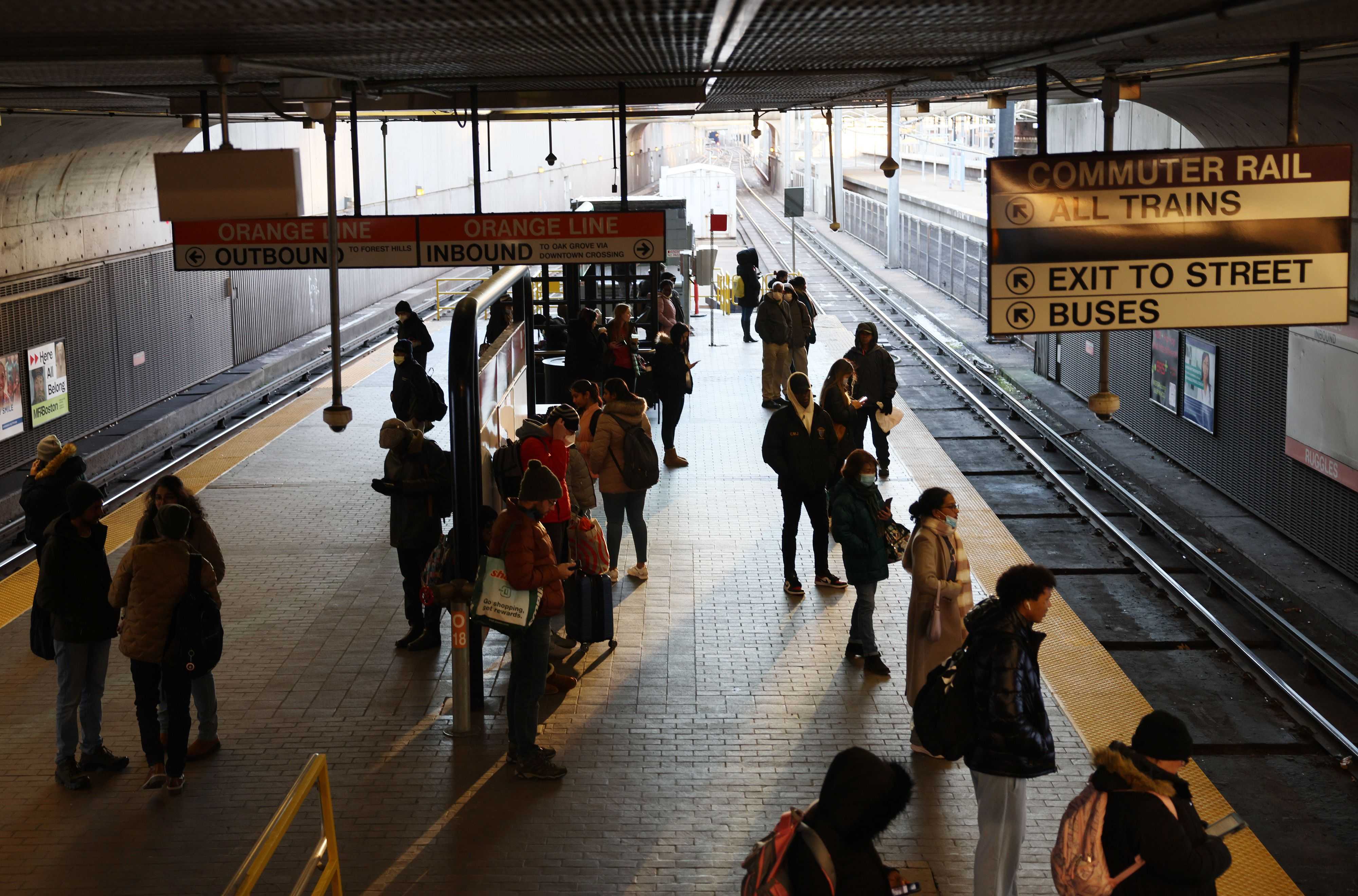
Boston doesn’t work if the T doesn’t work
With the MBTA engulfed by delays, staffing shortages, and service interruptions, a city recovering from a pandemic struggles to bounce back. And everyday riders are feeling the pain.
Marilyn Rabinovitz was running late. Again.
It was an early morning in November, and Rabinovitz had left her home in Stoughton with plenty of time to get her 7:25 train. There were no school buses today to slow her down, so she pulled into the Canton Junction commuter rail stop, climbed to the platform, and held her breath. Then she waited. And waited.
At 7:37, she called work. “The train still isn’t here,” she sighed. “And I don’t know when it’s going to get here.”
Rabinovitz runs a Head Start day care in Roxbury, near the Ruggles MBTA station. Running late means she’s not there when parents arrive. It means her early shift employee — the one she hired to be there in case she’s late — has to check in the children alone. That means parents end up crowding into the lobby, anxiously watching the clock. Many work jobs with hourly wages, so if they miss the T and are late to work, their pay can be docked.
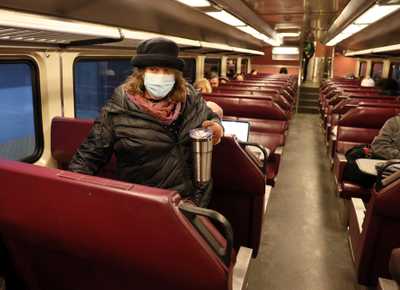
Marilyn Rabinovitz, 59, Stoughton
Rabinovitz rides the Stoughton Line into Ruggles daily to run a Head Start center across the street from the station. She began driving into the city when COVID hit, but stopped as soon as the cars were back on the roads. (“I have no intention of being in a women’s prison. I cannot do this commute every single day,” she jokes.) She says her train commute has gotten slightly better since COVID. But if she’s late for the train, it can create a domino effect for her workers, as well as the parents who rely on her Head Start, who can be docked their hourly wages if they’re late.
Marilyn Rabinovitz’s commute:
Drives to the Canton Junction commuter rail station and takes either the Stoughton or Providence Line commuter rail trains into Ruggles.
Average commute time: 25 minutes

“When you work in team of people,” Rabinovitz said, one late train ”becomes the push on the first domino.”
And the MBTA has toppled a lot of dominoes this year: A dramatic fire on the Orange Line. A grisly death on the Red Line. Delays on the Green Line extension. A monthlong shutdown of the Orange Line and sections of the Green Line. Less rush-hour service on commuter rail lines. A fatal construction accident at the Government Center garage. Staffing shortages and federal safety mandates that have trains crawling. The T just doesn’t work like it’s supposed to.
And when the T doesn’t work, Boston doesn’t work.
“Last year has been a real portrait of an agency at its limits,” said transportation advocate Matthew Petersen with TransitMatters. “There are not enough people to respond to all the fires happening — figuratively and literally. The MBTA is just way too blasé about disrupting people’s lives.”
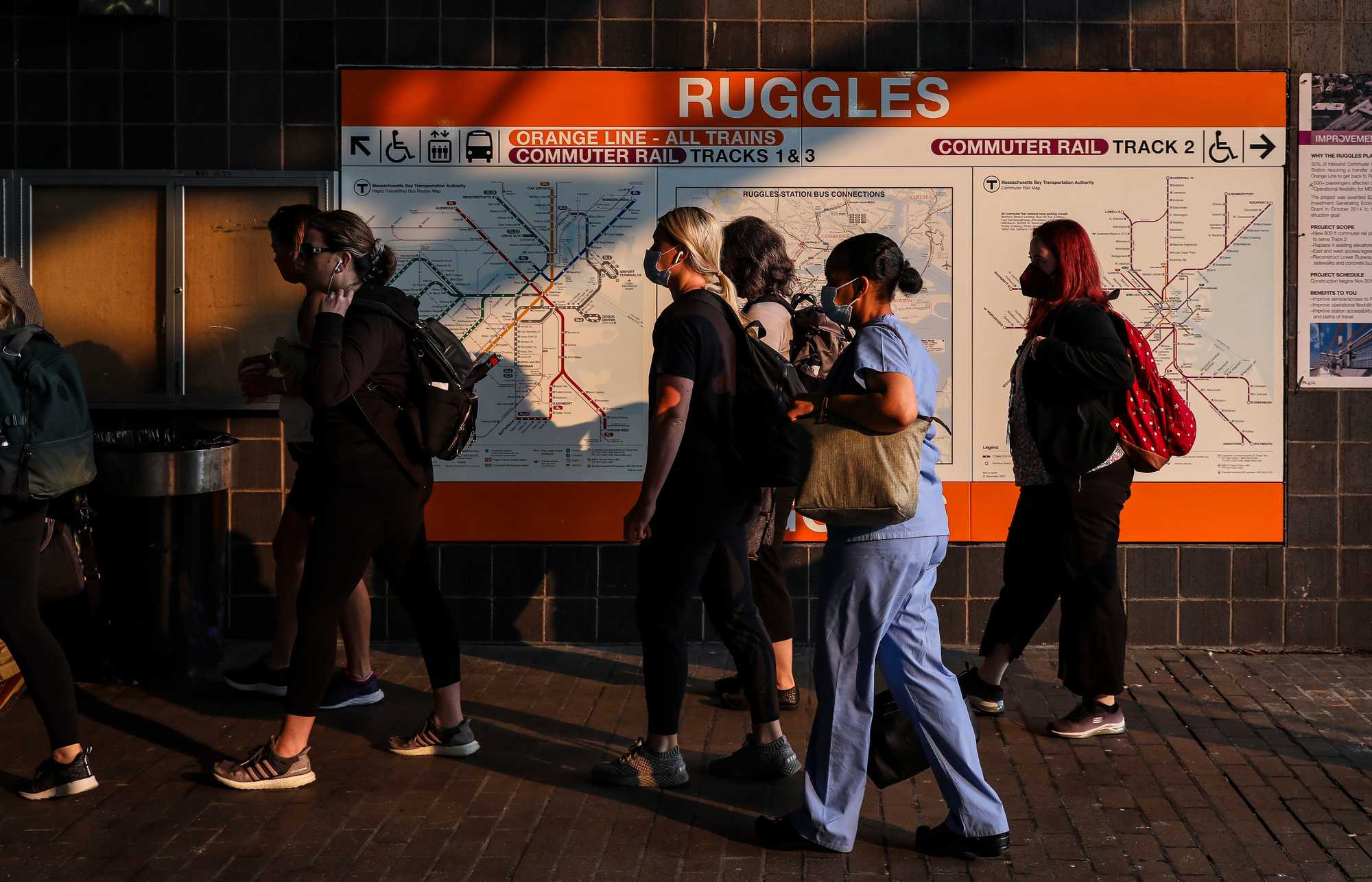
For commuters, that’s meant chaos and anxiety. And lost wages, late fees at day care, and rage-inducing commutes in the car. It means the stress and uncertainty of not knowing whether you will make it to your meeting on time, or how long your kid needs to get to school. It undermines the investment in jobs and housing built to be close to the trains.
More than that, it’s a sense of feeling cheated, that the city we left pre-pandemic doesn’t function as it’s supposed to anymore. And even more than that, it’s the notion that Boston — the economic engine of the whole state — cannot really bounce back until the T gets it right.
“Transportation is one of those issues — we don’t talk about how integrated it is into everyone’s lives,” said Alicia Modestino, research director of the Dukakis Center for Urban and Regional Policy at Northeastern University. “The inefficiency of the T is a real problem. And it’s the combination of the uncertainty of whether it’s going to break down, catch on fire, or be safe. And now the slowdown in service that just hasn’t been addressed. ... We can’t be living in that uncertainty. It turns people away from the T.”
To show exactly how the MBTA works — or doesn’t — we spent some time at one of Boston’s busiest transit hubs, Ruggles Station in Roxbury. It has the Orange Line and three commuter rail lines, and with 14 bus lines, it’s the busiest bus corridor in the city. It borders two vibrant neighborhoods, each of which rely on the transit system in different ways.
It’s a microcosm for why the T matters.
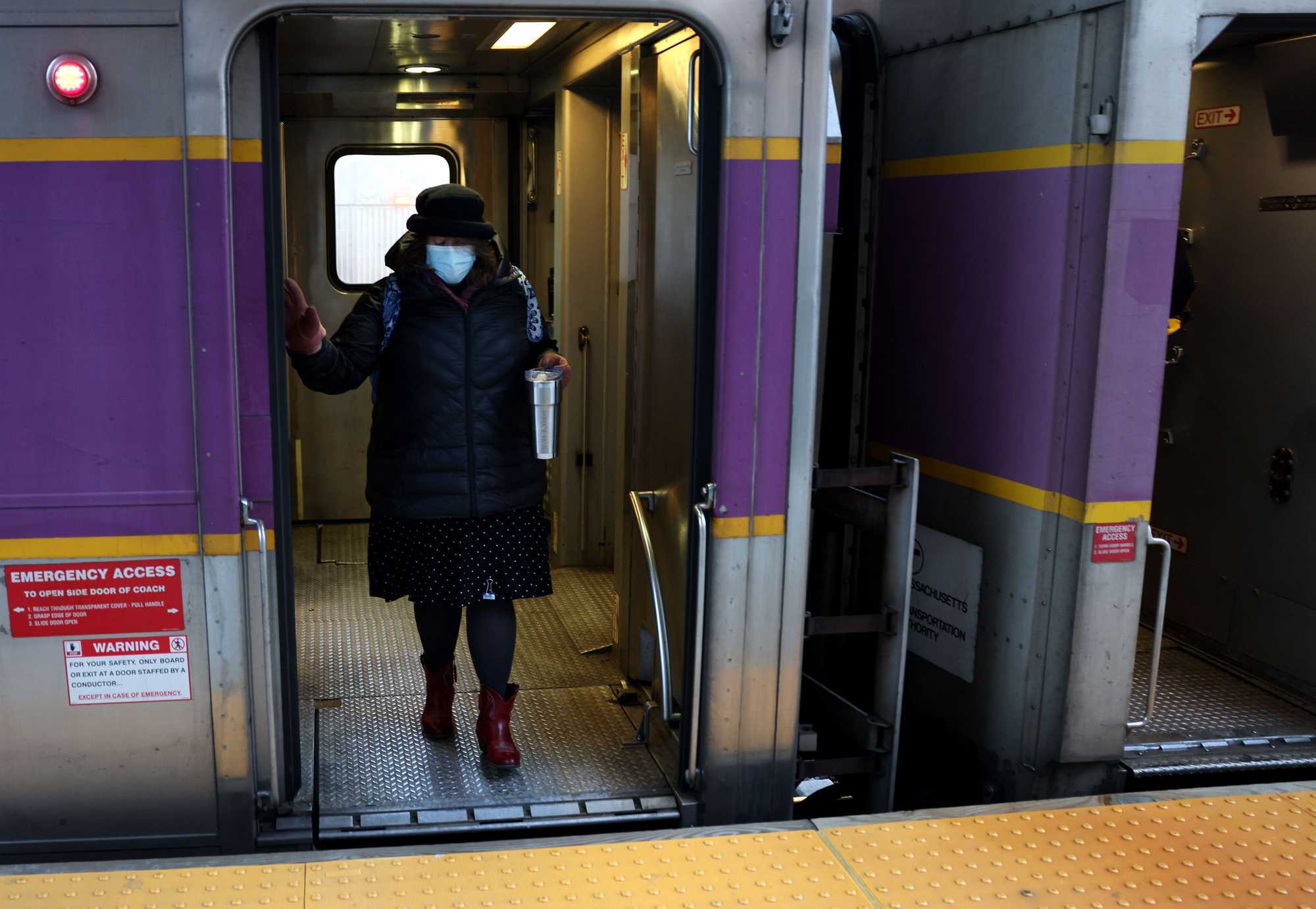
For a few brief, blissful weeks this summer, Audriel “AG” Guante walked into Ruggles with a sense of anticipation.
After a lifetime riding the T, he spent a month hopping on the commuter rail and gliding quickly and cheaply two stops to South Station and his job detailing cars at the Seaport Hotel. “Why can’t all trains be like that?” he remembers thinking. But that was when the Orange Line was shut down and the MBTA made commuter rail service in Boston free. Now he’s back on the T, blocking out almost an hour to travel a mere 4 miles.
Guante, 22, wakes up at home in the Alice Heywood Taylor apartments in Roxbury and helps his mother get his four younger siblings ready for school. At 7:45 or so, he catches the Orange Line at Ruggles, then walks from Downtown Crossing to South Station, where he catches the Silver Line bus to the Seaport. The Silver Line was intended to serve people such as Guante, connecting the city’s inner core with its gleaming new waterfront. But the buses from Roxbury only take you to Downtown Crossing, not all the way to the Seaport, and they’re not fast.
“If they could fix the morning commute, I think everybody’s day would be a little better,” Guante said as he boarded the Orange Line one morning. (In fact, there is a fix: Guante could continue to take the commuter rail for the same price as the subway with a weekly transit pass, but he was unaware that it was even an option. Communication, Petersen said, is a problem for the T as well.)
Audriel Guante, 22, Roxbury
Guante lives in public housing in Roxbury across the street from Ruggles, and works in the Seaport doing car detailing. Guante travels by Orange Line to Downtown Crossing, then walks to South Station to take the Silver Line. He used the commuter rail when it was available during the Orange Line shutdowns and found it very convenient.
Audriel Guante’s commute:
Rides the Orange Line train from Ruggles to Downtown Crossing, then walks to South Station. Boards the Silver Line bus and rides to the WTC Silver Line station.
Average commute time: 60 minutes
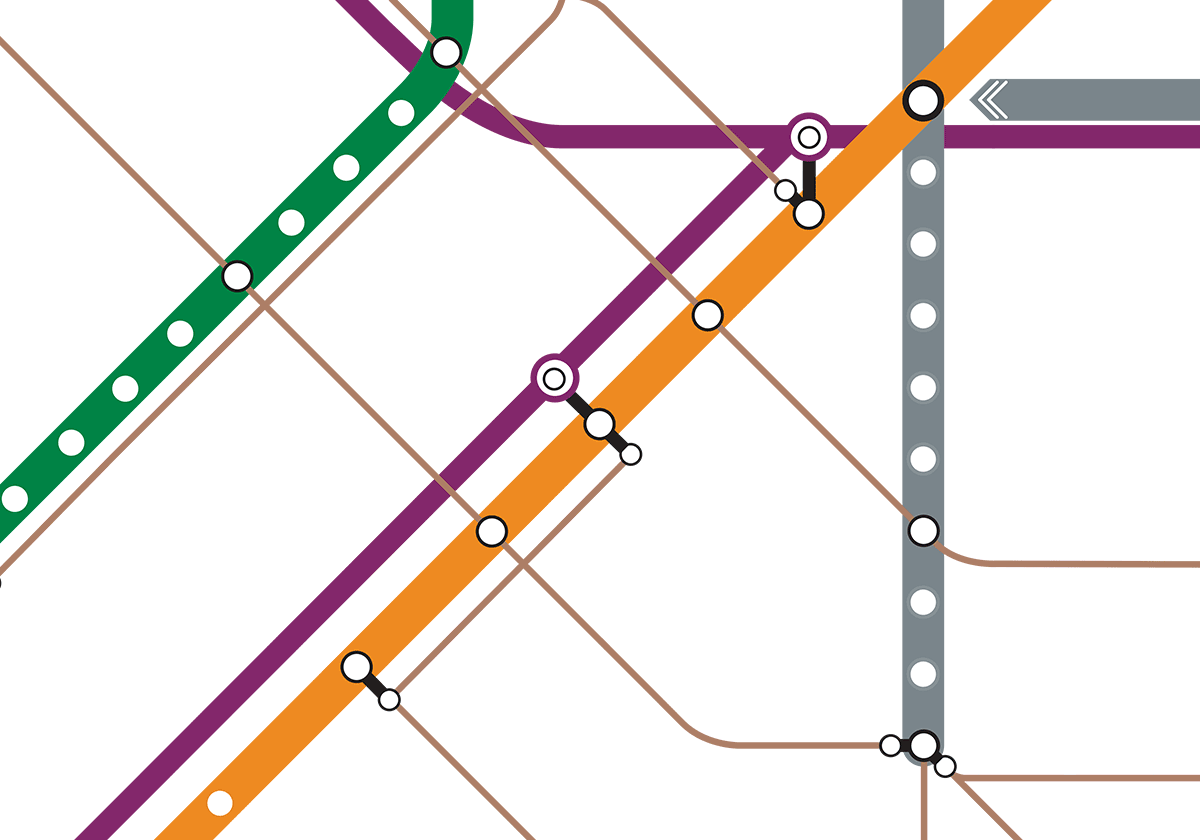
At work, Guante spends his days detailing Range Rovers, Teslas, and BMWs that pull into the lot. Sometimes, he’ll borrow his mother’s car and pay $25 to park to save a few minutes getting to work. But parking alone costs him almost two hours’ pay. So he’s resigned to being a straphanger.
“I’d rather take the T. It isn’t the best, but it is more convenient,” he said. “The T is what makes Boston, if that makes sense.”
Actually, the T doesn’t make much sense to Diego Gómez-Maldonado, a Northeastern University postdoc from Mexico City who moved to Brighton Nov. 1. The materials engineer has lived in Finland and Argentina, where each transit system has its foibles: “In Finland, they don’t talk to you. In Argentina, they’re always in a rush,” he said, “and in Mexico, it’s just chaos.” But, he’s struck by how much Boston comes up short by comparison, in providing a more expensive service that runs less frequently.

Diego Gómez-Maldonado, 30, Brighton
Gómez-Maldonado, who recently moved to Oak Square from Auburn, Ala., is a postdoc at Northeastern. He travels from Oak Square to Copley Square, then walks to Back Bay to take the T to Ruggles. Gómez-Maldonado is from Mexico City and is surprised that the MBTA coverage area doesn’t stretch through all of Greater Boston and also how expensive it is.
Diego Gómez-Maldonado’s commute:
Travels by the 501 Express Bus from Oak Square in Brighton to Copley Square in Back Bay. Walks to the Back Bay Orange Line stop and takes the train to Ruggles.
Average commute time: 50 minutes
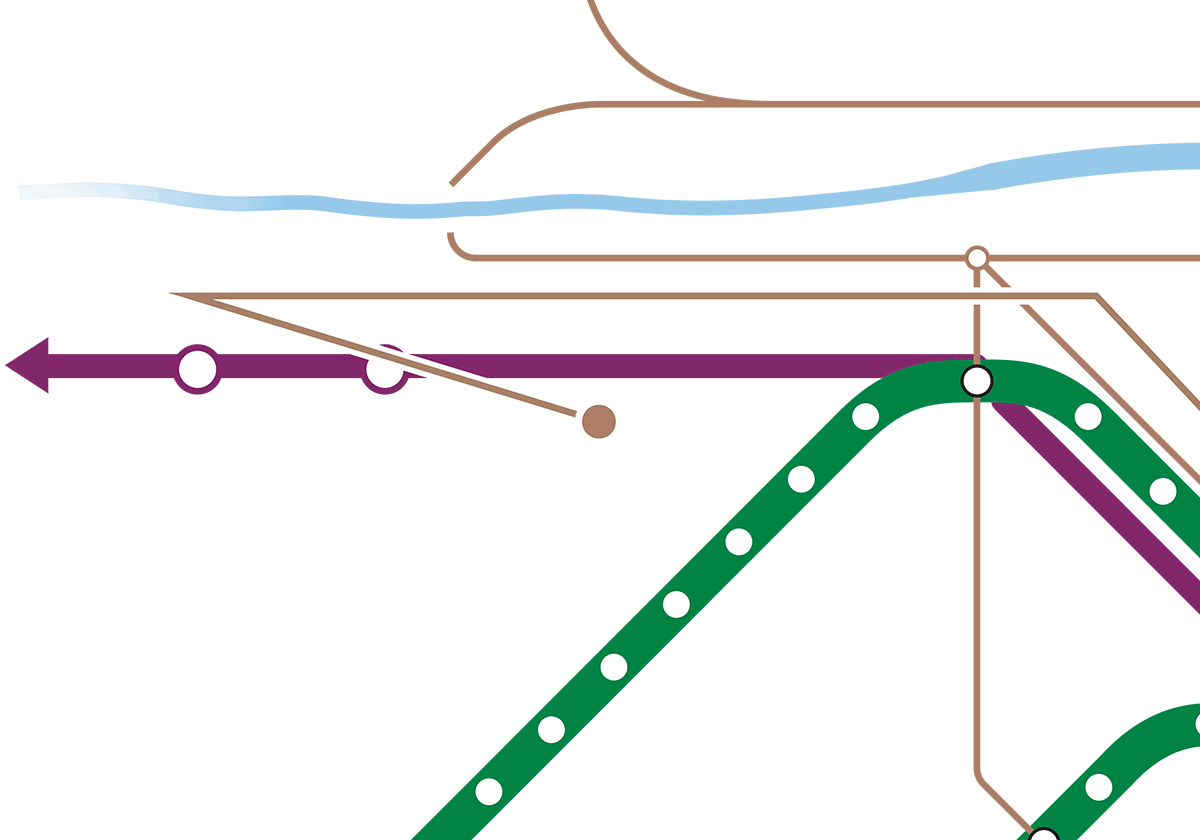
Gómez-Maldonado has a car, but he wants to live more sustainably, so he buys a $136-per-month Express Bus pass to ride the 501 from Oak Square to Copley Square. The bus “is supposed to arrive every 20 minutes, but it varies,” he said. From Copley, he walks to Back Bay Station to hop on the Orange Line to Ruggles. The wait for a train can feel like forever.
“That is something new,” he said. “In Mexico City, it runs every two minutes. ... In Finland, it’s every five minutes.” Here? “There’s a lot of waiting.”
It can take him about 35 minutes to get to campus in the morning. It takes much longer to get home; Gómez-Maldonado gives himself anywhere from 45 to 90 minutes for the 3.6-mile commute. He’s already had to change his routines. He used to be a morning gym person. No longer. He leaves campus earlier, and logs back in to work from home. But soon, he’ll start working in a lab, which means he will have to be on campus longer and later. In the spring, he hopes to start biking, and eventually figures he’ll move closer to campus. For now, he’s doing his best to stay upbeat.
“I try to be positive,” he said. “There’s not much that I can do.”

For Najla Habib, the bus is only the beginning of an epic daily slog. The 24-year-old from Dorchester, an alum of Boston Latin and Boston University, works at Alnylam Pharmaceuticals in Kendall Square, where she’s known as the girl with the long commute.
Habib takes a bus from Dorchester, catches the Orange Line at Ruggles, transfers at Downtown Crossing to the Red Line to get to Kendall Square, and then walks a few blocks to the office. A delayed bus can mean she misses her first train, which means she misses her connection downtown, too. And it doesn’t help the trains are running slower. According to Transit Matters, from mid-November to December, the Red Line has been running as much as 17 minutes behind schedule end-to-end.
“I mean it’s kind of funny: Location-wise I’m probably closer than most of [my colleagues] and it still takes me longer than half of them to get there,” Habib said.

Najla Habib, 24, Dorchester
Habib lives in Dorchester and commutes by bus and two trains to get to her job in Kendall Square. She's passed through Ruggles throughout most of her life: At Boston Latin, Boston University, and now at her job at a pharmaceutical company, where she's known as the girl with the long commute. It takes her an hour to an hour-and-fifteen-minutes to get to Cambridge. She’s on contract at her job and wants to make a good impression, so being late is not in the cards. But no matter how hard she tries, she sometimes ends up late for morning meetings.
Najla Habib’s commute:
Gets on the bus at the corner of Warren and Wyoming Streets in Roxbury and rides into Ruggles. From there, she takes the Orange Line to Downtown Crossing, where she gets on the Red Line and travels to Kendall Square.
Average commute time: Between 60 and 75 minutes
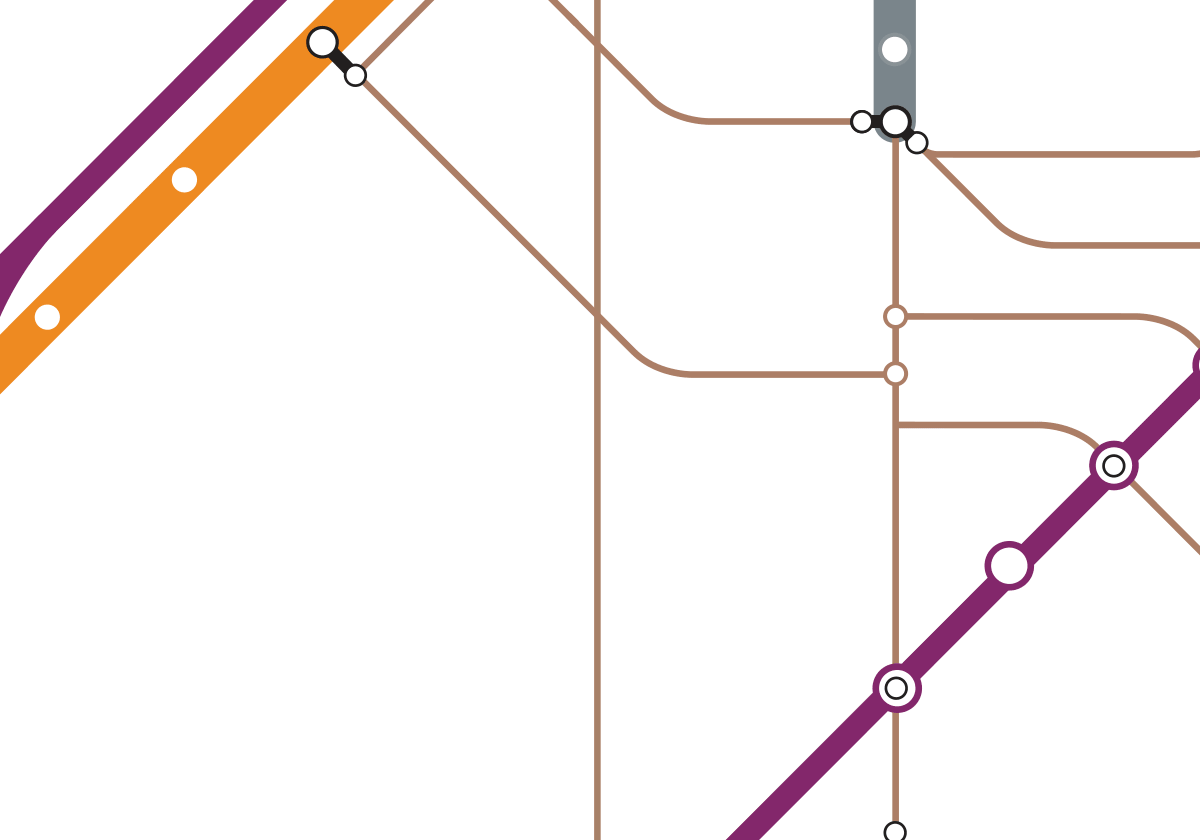
Habib is a contract worker right now, and while she doesn’t have to be in every day, she wants to make a good impression. Being late is not in the cards. And, she’s not the only person on her team who struggles to get in by 9 every day. Things got so bad that she and her teammates petitioned their colleagues in Canada to move a standing 9 a.m. meeting to later in the day, asking:
“Can we shift this meeting around? Because commuting in Boston is hard.”
The Canadians, Habib said, immediately agreed. “Apparently we have quite a reputation.”
Being known as a city where transit falls flat isn’t good for anyone — commuters, or the people trying to do business here. Reduced service on the commuter rail lines means reduced hours at the Dunkin’ in Ruggles, which now closes at 3 p.m. It means fewer hours for those Dunkin’ employees, too.
And it undermines the promises that developers make when they break ground in neighborhoods such as Nubian Square, promising to bring good jobs for residents and steady foot traffic to restaurants and storefronts. Longtime real estate attorney Joseph Feaster has worked on many development projects in Roxbury, and is currently part of a team planning affordable housing and lab space at a long-empty parcel on Tremont Street, a stone’s throw from Ruggles.
“A transportation hub can be an economic engine for the community,” he said. “But it can also be an economic takeaway if it’s not reliable.”
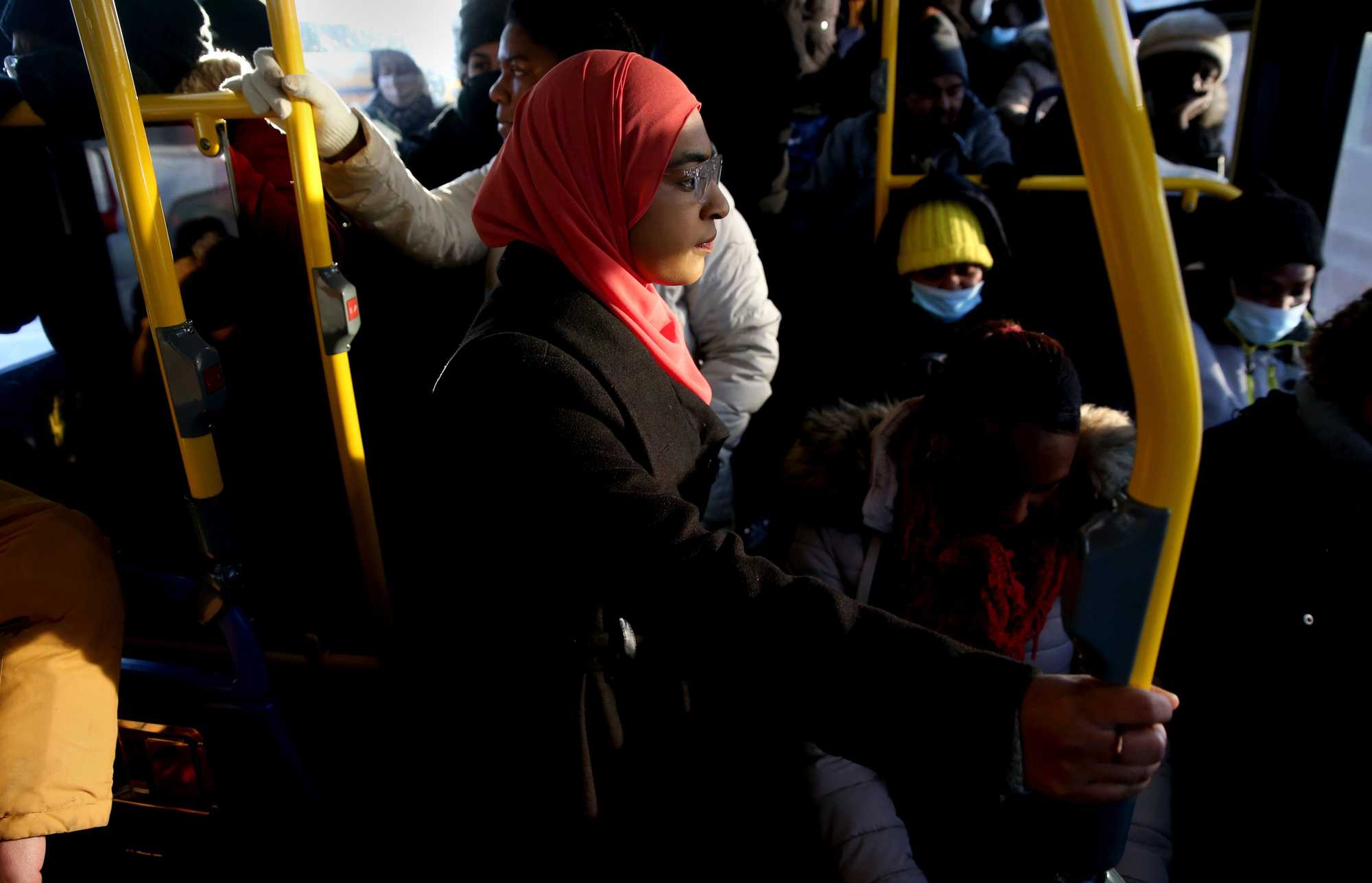
And it’s low-income residents who are hurt most by service cuts and slowdowns, said the Dukakis Center’s Modestino.
“When the T is not working, that is a linchpin in the system of making sure that people who are living in affordable housing and working low-wage jobs can get to work and keep their jobs and keep their housing,” she said. “It’s really an integral part of what makes the city livable.”
It’s also integral to the health of downtown Boston and other business districts, she said. And that is increasingly factoring into how companies, and workers, plan their future in Boston.
“Major employers make decisions based on how strong our transportation system is, but so do employees,” said Segun Idowu, Boston’s chief of economic opportunity and inclusion. “And because you see a shift in power from the CEOs to the actual employees who are dictating whether a company holds its footprint or is shrinking, transportation helps inform that in a big way. We need it to work.”
An unreliable transportation system is an economic drag, and an emotional burden, too. It’s the exasperation of running at breakneck speed to catch a train, only to miss it by a hair. The soul-sucking frustration of sitting in traffic. Those morale-killing moments spent on a bus stop bench in the cold checking Google Maps — again — to see when the next bus is coming.
For Jose Fernandez, it’s the anxiety of never knowing just how long it will take him to get to and from campus.
Fernandez is a freshman at Northeastern, where he’s getting a free ride in more ways than one. He’s enrolled in the Foundation Year program designed for City of Boston high school graduates, which provides him with free tuition and a limited meal plan at the dining halls.
His ride to campus is free too: He takes the 23 bus from Dorchester. It’s one of the three fare-free bus routes that Mayor Michelle Wu implemented in her first 24 hours in office, using $8 million of city funds for a pilot program to address racial disparities. Similar pilots are now underway in other parts of the country.

Ridership on those fare-free bus lines is “basically back to pre-pandemic levels,” said Jascha Franklin-Hodge, Boston’s chief of streets. “They’re some of the only lines of the system that have done that.” He said the city also has plans to create more priority bus lanes to expedite service, allowing buses to cycle more frequently.
But even with a free bus, Fernandez gives himself an hour to travel 3.5 miles to campus for his 9:30 class. Then he hangs out for most of the day studying. The trouble with spending all day at Northeastern is that Fernandez is 18, and like a lot of 18-year-olds, he’s always hungry. His mom, a pre-k teacher in Hyde Park, doesn’t make much money, and that limited Northeastern meal plan is, well, limited.
“I’ve been rationing,” he said. “But I get hungry and campus is in the part of Boston where everything is super expensive.”
Jose Fernandez, 18, Dorchester
Fernandez is a freshman at Northeastern, taking classes through the Foundation Year program that the university runs for students from Boston. The program provides him free tuition and a limited meal plan, and since Fernandez can take the free 23 bus to get from his home in Dorchester to and from school, most of his expenses are paid for. He typically hops on the bus about an hour before classes since he doesn’t want to be late, and camps out on campus during the day. Getting home can be a struggle — the high schools let out at the same time he finishes up class — so it can take an hour to get from campus to home so he can grab food.
Jose Fernandez’s commute:
Rides the free 23 bus from Talbot Avenue in Dorchester to Ruggles Station.
Average commute time: Over 60 minutes
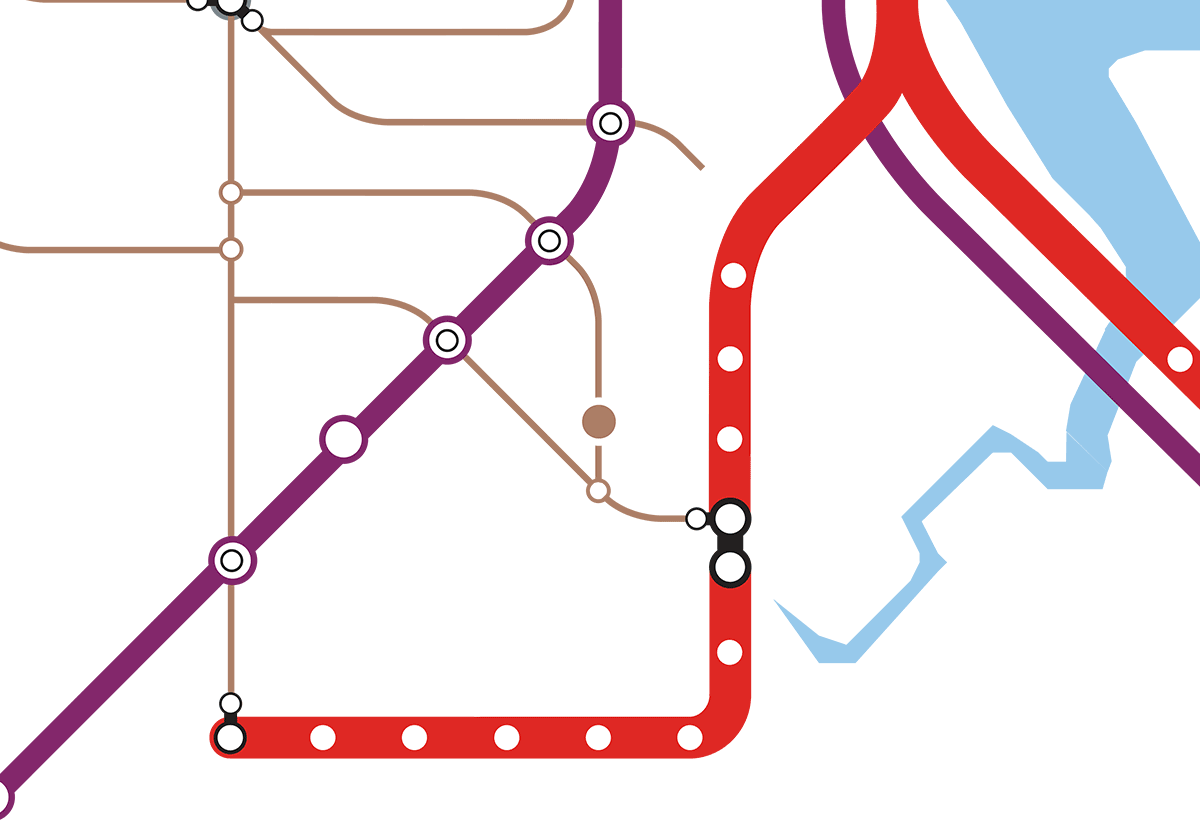
So he drinks coffee to get through the day, and after class climbs back on the bus to eat at home. Typically, O’Bryant and Boston Latin high schools let out at the same time, and the bus gets so packed with teens it can be hard to get a seat. (Over 5,000 of those BPS students were affected by the Orange and Green Line closures, which made the bus even more chaotic at the time.) Most days, it can take Fernandez an hour and a half to get home, and he’s famished.
“I should start packing lunches,” he said.
Then there are those who now make lunch at home, and skip the T entirely.
As a research associate at Beth Israel Deaconess Medical Center, Lauren Peter, 41, worked long, intense hours in the depths of the pandemic to help develop the Johnson & Johnson vaccine for the coronavirus. She took the commuter rail in from Roslindale Village; it was kind of pleasant.
“A weird benefit of COVID is that I could always get a seat,” she said.
But there were clear drawbacks, too. Between Peter’s long hours and fewer trains, it meant even less time with her husband and daughter.
“I’d get home and they would be asleep,” she said. “I felt like I was missing her childhood.”
So when Peter got the opportunity to change positions at BIDMC and work from home as a compliance specialist, it was a no-brainer. Not only did it help her overcome burnout, but it gave her back time she had spent commuting, which she now uses to volunteer at the Roslindale Library or at bake sales at her daughter’s school.
Peter doesn’t miss the mad dash every afternoon for school pick up, or spending $6.50 per trip to take the train. She only goes into the office sporadically now and is far less stressed. But she admits: “I miss people.”

Lauren Peter, 41, Roslindale
As a researcher at BIDMC in Longwood, Peter worked long hours commuting from her home in Roslindale throughout the pandemic to help develop the J&J coronavirus vaccine. She ditched her train commute when things were scariest, and largely had the roads to herself. As people started coming back to work in September of 2020, she began hopping the train again. But it was still a slog — and pricey — and so, feeling a bit of burnout, she leapt at the chance to take a job that let her work from home.
Lauren Peter’s commute:
Works remotely and commutes as needed into Ruggles on the Needham Line commuter rail a few times a month.
Average commute time: 0 minutes, though that could change soon
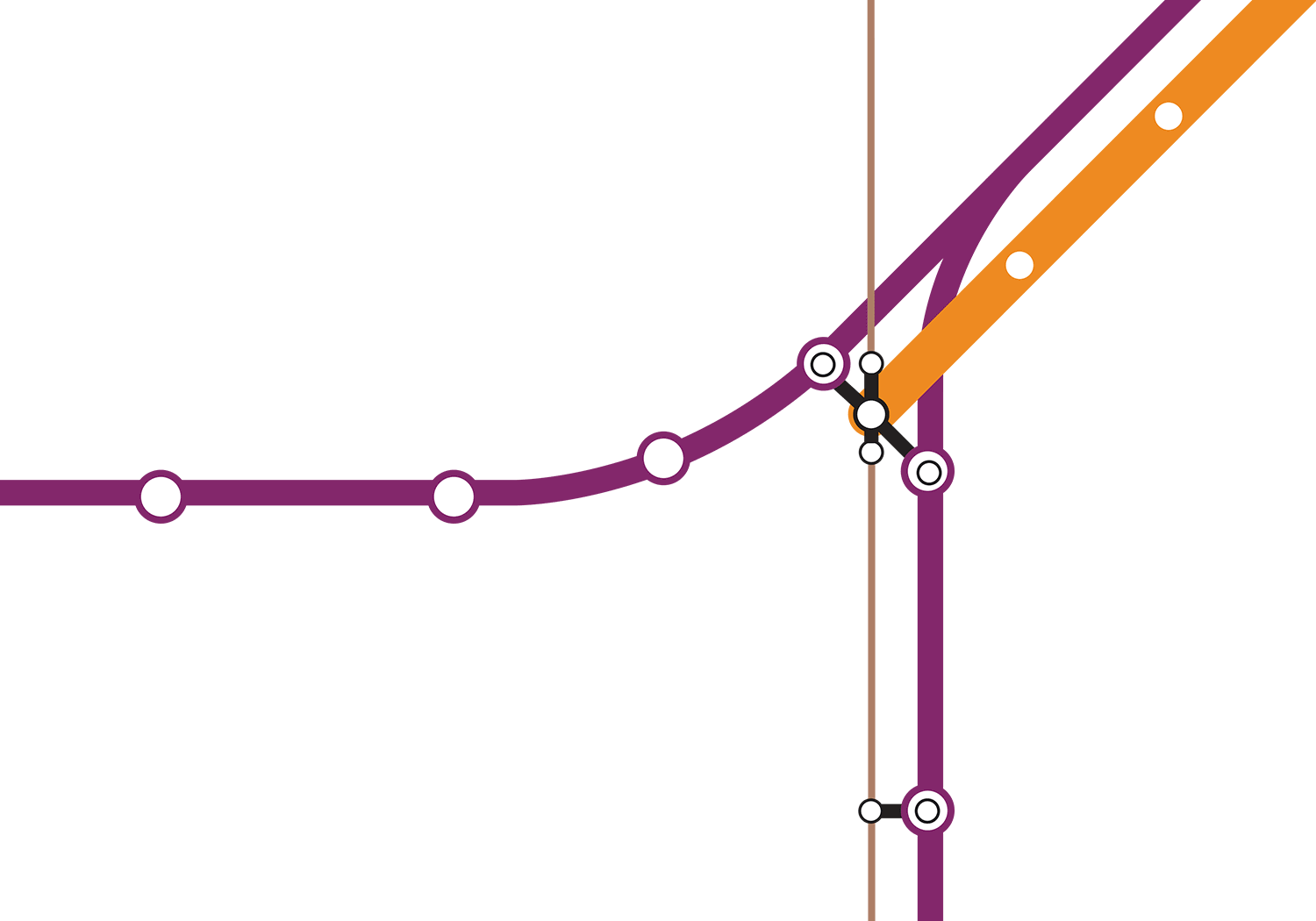
Among those she misses most are the people she saw on the platform day after day, friends she’d made over the years commuting together. During lockdown, they did Zoom happy hours and created a robust text message thread. Now the “train friends” meet up for barbecues and beers; only about two of the 12 still commute downtown on a regular basis.
Peter loves her new life. But she worries it’ll be upended soon. Beth Israel Lahey Health is building a new office at Assembly Row, which could mean she will need to get back on the Orange Line and travel even farther from home. The thought fills her with dread.
“I don’t feel great about it,” she said. “The trains have to work.”
Globe Correspondent Daniel Kool contributed to this report.
Advertisement
Credits
- Reporter: Janelle Nanos
- Editors: Tim Logan, Victoria McGrane, Andrew Caffrey
- Additional reporting: Daniel Kool
- Multimedia editor: Christina Prignano
- Design and graphics: Ryan Huddle
- Development and graphics: Daigo Fujiwara
- Photographers: Jessica Rinaldi, Jonathan Wiggs, Barry Chin
- Photo editors: William Greene, Leanne Burden Seidel
- Copy editor: Mary Creane
- Audience engagement: Dana Gerber
- Quality assurance: Nalini Dokula
© 2022 Boston Globe Media Partners, LLC


